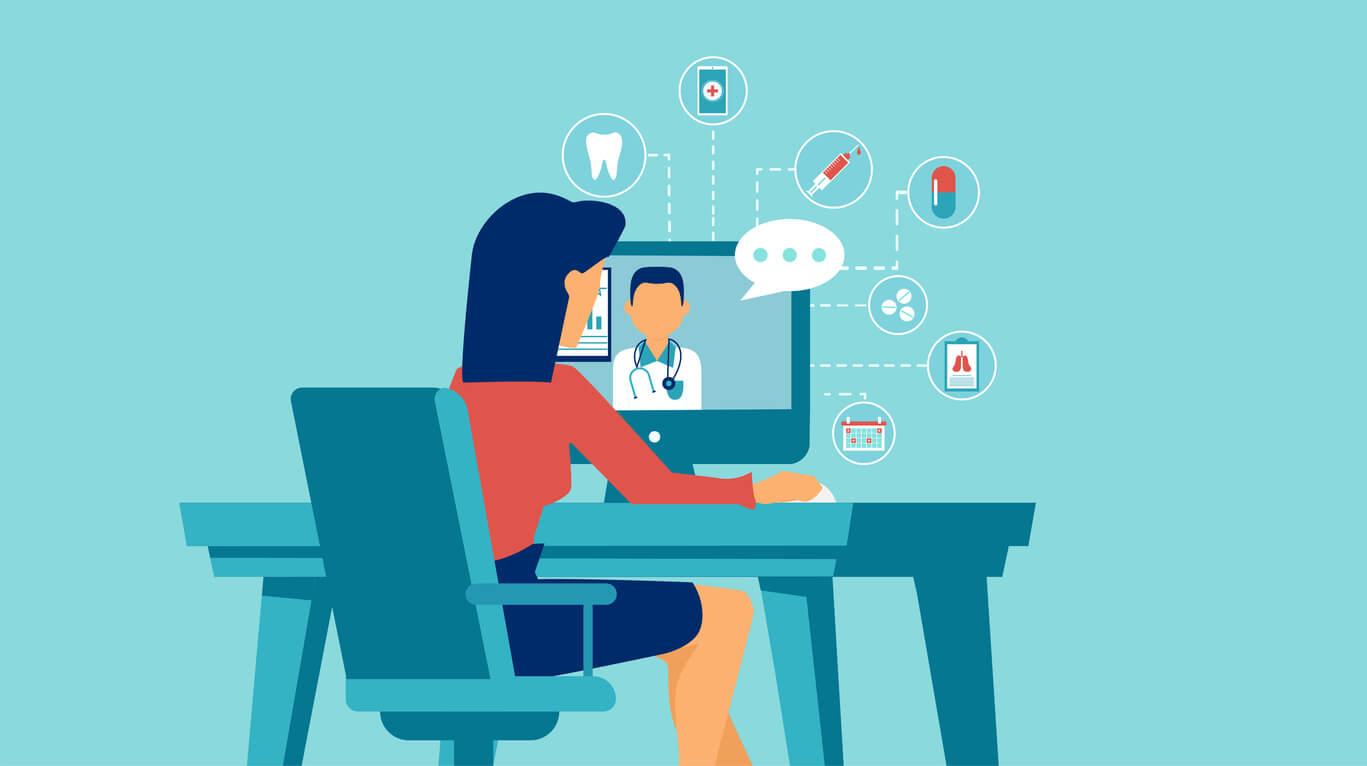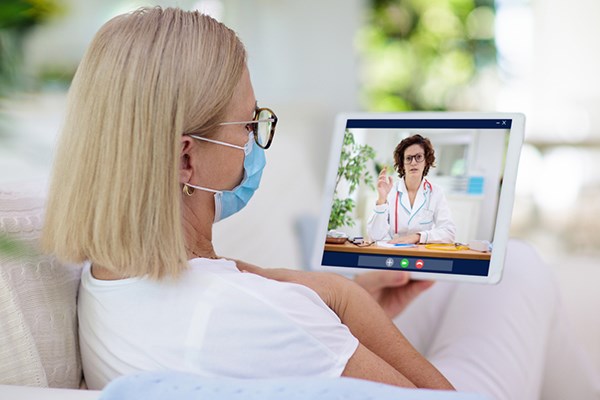Top-Rated Telemedicine Reviews: What You Need to Know Prior To Your First Check out
Top-Rated Telemedicine Reviews: What You Need to Know Prior To Your First Check out
Blog Article
Embracing Telemedicine: Changing Medical Care Delivery for a Modern Globe
As we navigate an age identified by rapid digitalization and progressing person requirements, the assimilation of telemedicine into conventional medical care practices presents a compelling suggestion. In exploring the ramifications and details of embracing telemedicine, a nuanced understanding of its diverse effect on medical care delivery in the modern world ends up being imperative.
The Development of Telemedicine
Telemedicine has gone through considerable development over the previous couple of years, changing the landscape of health care shipment. Developed to link the void in between health care carriers and people in remote areas, telemedicine has actually currently broadened its reach to use a large variety of medical services through technological advancements.
In the beginning, telemedicine mostly included assessments via telephone or video clip conferencing. Nonetheless, with the expansion of digital devices and systems, healthcare professionals can currently remotely monitor essential indicators, conduct online examinations, and also do certain clinical procedures. This change towards even more extensive digital care has actually transformed the means health care is delivered, making it a lot more practical and accessible for people.
Additionally, the assimilation of electronic wellness records (EHRs) and telemedicine has actually boosted sychronisation amongst healthcare groups, resulting in extra effective and joint person care. Telemedicine reviews. With the ongoing innovations in expert system and remote tracking tools, telemedicine is poised to proceed progressing, using innovative options to enhance healthcare end results around the world

Advantages of Telemedicine Adoption
As the usage of telemedicine has broadened to incorporate a more comprehensive spectrum of medical services and technological abilities, the advantages of its fostering in modern-day medical care distribution have actually come to be significantly evident. One of the primary benefits of telemedicine is increased access to healthcare services, particularly for people in remote or underserved locations.
Moreover, telemedicine can lead to improved wellness results through enhanced treatment sychronisation. With the ability to conveniently collaborate and share clinical records with professionals, health care carriers can provide more comprehensive and timely treatment. This structured technique can lead to faster diagnoses, reduced medical facility admissions, and better monitoring of persistent conditions. Telemedicine can assist reduce pressure on conventional healthcare systems by minimizing overcrowding in health centers and centers, ultimately boosting overall effectiveness and patient contentment.
Conquering Telemedicine Obstacles
Addressing the challenges integral in incorporating telemedicine into existing health care systems provides an essential yet surmountable obstacle for medical care providers worldwide. One major obstacle is the resistance to alter amongst both medical care specialists and patients. Convincing conventional doctor to embrace telemedicine needs extensive training programs and continuous assistance to ensure smooth integration. Furthermore, clients may be hesitant to accept online examinations because of worries regarding the high quality of care or a lack of familiarity with the technology.
Furthermore, regulative obstacles and compensation restrictions present substantial difficulties to the extensive implementation of telemedicine. Varying state and country policies regarding telemedicine practices create a complex atmosphere for suppliers to browse. Compensation policies that do not effectively make up for telemedicine solutions can prevent healthcare companies from buying this ingenious method to care shipment.

Enhancing Patient-Provider Communication
Navigating the landscape of telemedicine challenges lights up the vital requirement for enhancing patient-provider communication in modern-day health care shipment systems - Telemedicine reviews. Efficient communication lies at the heart of quality health care stipulation, and in the realm of telemedicine, where physical signs may be restricted, clear and understanding communication comes to be a lot more paramount
Enhancing patient-provider interaction in telemedicine entails various methods. To start with, establishing connection and trust fund through active listening and compassion can aid foster a strong patient-provider connection. Using safe and secure messaging platforms or teleconferencing tools can help with routine and practical interaction in between patients and suppliers. Giving clear guidelines, establishing realistic assumptions, and guaranteeing open lines of communication for follow-up queries can boost the overall person experience in telemedicine.
Future Trends in Telemedicine
Preparing for the evolution of telemedicine, improvements in modern technology and healthcare shipment systems are leading the way for ingenious strategies to client treatment. One of the future fads in telemedicine is the integration of synthetic knowledge (AI) and equipment knowing formulas to boost more analysis capabilities.
By leveraging telemedicine, medical care service providers can reach patients in remote areas, enhancing accessibility to top quality care. These advancements in telemedicine hold terrific promise for changing medical care distribution and boosting individual outcomes in the future.
Conclusion
Finally, telemedicine has revolutionized health care delivery by boosting accessibility to care, increasing effectiveness, and enhancing client outcomes. Despite obstacles, the advantages of telemedicine adoption are clear, paving the means for much better patient-provider communication and future developments in healthcare. As innovation continues to advance, telemedicine will certainly play an important role in changing health care delivery for a modern-day globe.

Expecting the evolution of telemedicine, advancements in modern technology and medical care delivery systems are leading the method for innovative strategies to individual care. These advancements in telemedicine hold wonderful guarantee for transforming medical care shipment and improving individual results in the future.
In verdict, telemedicine has actually reinvented healthcare delivery by enhancing access to care, raising effectiveness, navigate to this site and improving patient results.
Report this page